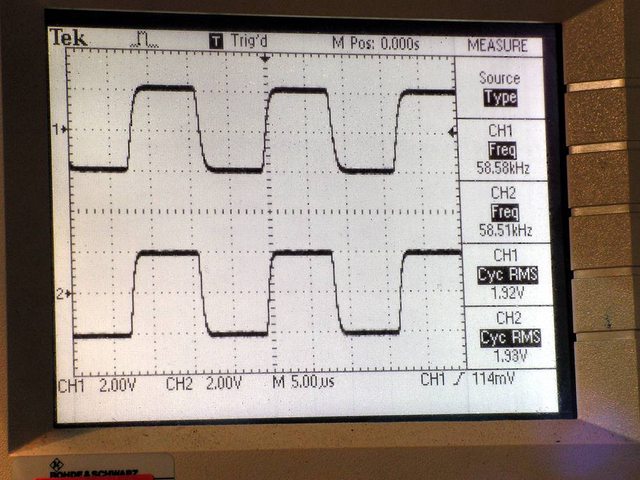Hi PENG, this is an interesting discussion. I hope other members allow it to remain that way before it devolves into something else.
I'd say I was extrapolating as opposed to assuming on some of the points. Here's my logic:
I believe an amplifiers speed and linear bandwidth are related. The SM-7 has a published bandwidth of up to 100kHz (as most amps) while the Benchmark publishes beyond 200 kHz and the Sansui AU-X1 to 500 KHz! Agreed that this does not mean that the SM-7s bandwidth is not higher than 100kHz. If I'm not mistaken the SM-7 is basically a 300DC which has an SNR of ~ 110 dB whereas the AU-X1 is 125 dB.
I agree that less than .01% in the SM-7 can be lower as shown in the graphs but the same would go for the AU-X1 whose literature states
"both channels driven, into 8 ohms from 5 to 20,000 Hz with no more than .007% total harmonic distortion and inter-modulation distortion." So using the same logic, the Sansui graph could dip below .007% but not above it at any point. If you look at the SM-7 graphs both Harmonic and IMD are well above .007% in some areas of the bandwidth.
Here's an oscilloscope shot of an AU-X1 square wave at 60 kHz, it takes speed (slew rate- 260v/ms) for an amp to measure like that. Also, Sansui used 12 (yes there are 12 in there) unobtanium Sanken ultra high speed output transistors in the AU-X1 for a reason. Their speed is what makes them special. I purchased an extra set just to have an "insurance policy" because without them, the X1 is not an X1. I do not think the AU-X1 and SM-7 were designed with the same goals in mind. Sure, better manufacturers were conservative in their specs but I think it's a stretch to equate the measurable performance (I didn't say sound, let the user decide that) of the SM-7 with an X-1.
A bench test would reveal the truth.
AU-X1 @ 60 kHz
 Sanken High Speed Linear Outputs (complete set for an AU-X1)
Sanken High Speed Linear Outputs (complete set for an AU-X1)

I have personally never heard an SM-7 but I have heard several Marantz units from the same era and feel that they were striving for a different signature. As a matter of fact, my techs primary specialty is restoring Marantz gear from that era (I don't know if he's ever worked on an SM-7). He is very good at what he does and had the courage to take on the AU-X1 for me. Most techs will shy away from this amp because it is not for the unskilled or faint of heart. Once he completed it he admitted to me that the performance and sound of this amp shocked him. Believe me, not much gear excites this guy and he has no problem telling it like it is.
Back to the AHB2, John Atkinson said
"Benchmark amplifier's specifications are close to those of my Audio Precision system, both regarding the purity of its signal generator and the dynamic range of its analyzer. Correctly characterizing the AHB2's measured performance would therefore present a challenge. And, to my embarrassment, one of the speaker cables with which I routinely measure amplifiers and my test load set to 4 ohms were also introducing small amounts of nonlinearity. These problems—and here I'm talking about the difference between 0.0003% THD+noise and 0.0005%—haven't affected the measured performance of other amplifiers I've tested, but they were detectable with the AHB2's very low intrinsic distortion and noise." He went on to say, the
"Benchmark Media Systems' AHB2 is an extraordinary amplifier. Not only does its performance lie at the limits of what is possible for me to reliably test...It is truly a high-resolution amplifier."
Speaking of Audio Precision Analyzers, it would be pretty cool if we could send the AU-X1 and the SM-7 to Gene so that he could test on his AP.
